Steam Turbine Types: A Comprehensive Guide
Steam turbines are a vital part of the power generation industry…
Uncover the fundamentals of electrical engineering with our comprehensive collection of electrical concepts on Electrical Hub. From circuit basics to advanced principles, explore a wealth of knowledge to enhance your understanding of electricity. Dive into the world of electrical concepts and empower your expertise.
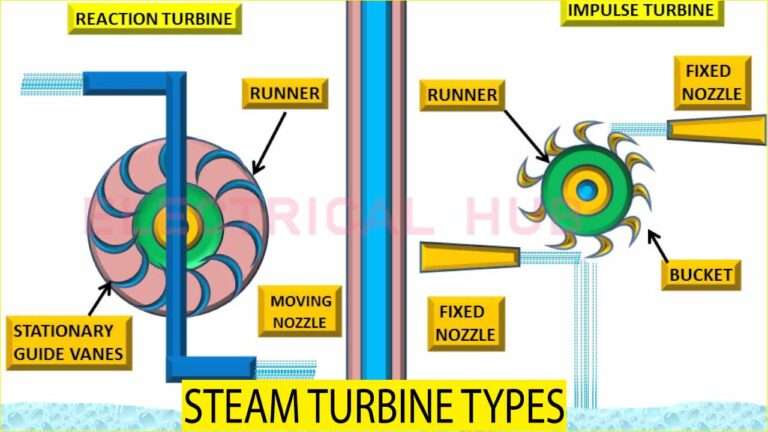
Steam turbines are a vital part of the power generation industry…

Steam turbine power plants play a vital role in the global…
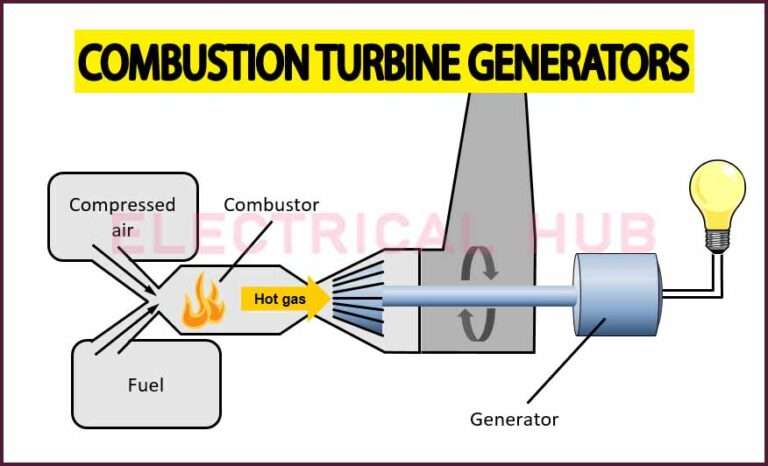
A combustion turbine generator (CTG) is a vital piece of equipment in the energy sector, transforming the energy from combustion into electrical power. CTGs play a significant role in generating electricity for homes, businesses, and industries.
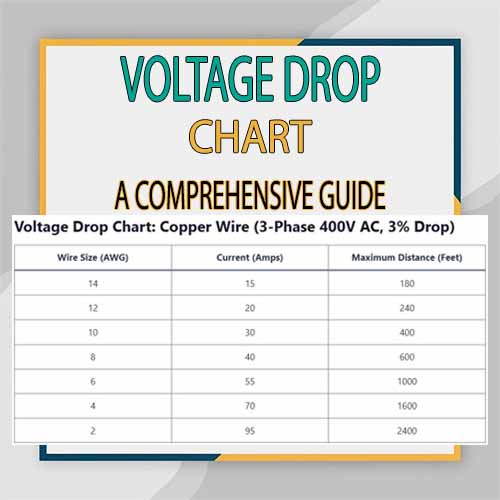
One of the essential tools in electrical design is the voltage drop chart, which helps determine whether your circuit wiring will maintain the required voltage levels.

Electrical and Electronics Engineering (EEE) is one of the most dynamic…

Learn the basics of electrical work with electrician course online. Gain essential skills and knowledge to jumpstart your career in electrical work!

Are you considering pursuing an Electrical Engineering online degree in Texas? With the growing demand for engineers across industries, earning an online degree in electrical engineering can unlock incredible career opportunities. T

Pursuing an Electrical Engineering online degree in Canada can open the doors to a world of opportunities. Whether you’re a working professional looking to enhance your skills, a student wanting to explore innovative technologies, or someone seeking a career change, online programs provide the flexibility and accessibility to achieve your goals.

A CMOS OR Gate is a type of logic gate built using CMOS technology that outputs a high signal (logic 1) when any one or both of its inputs are high.
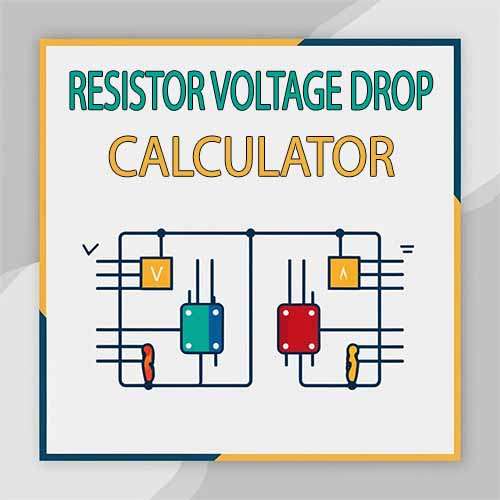
Have you ever wondered how to calculate the voltage drop across…
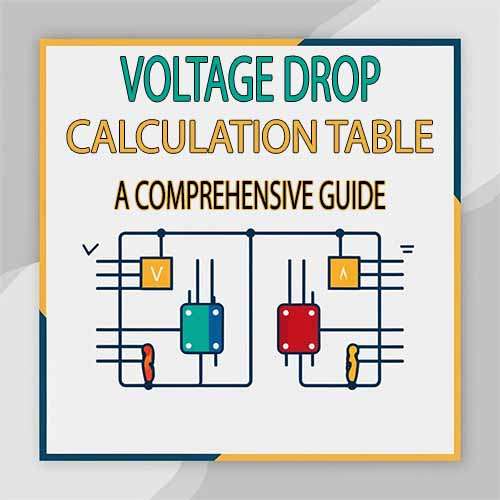
Voltage drop is a critical concept in electrical systems. Understanding and using a voltage drop calculation table effectively can prevent energy loss, improve system efficiency, and ensure safety. If you’ve ever wondered how to calculate voltage drop or use tools like a voltage drop calculator, you’re in the right place.
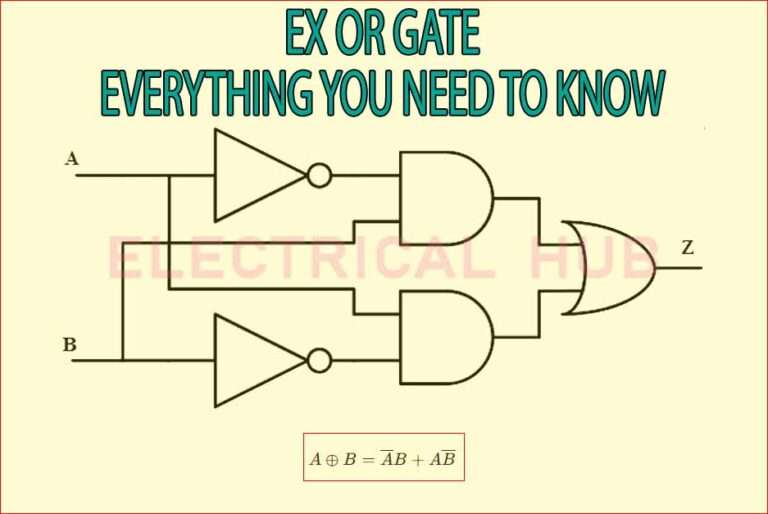
When exploring digital electronics, one of the most important building blocks…

When working with operational amplifiers (op-amps), accuracy and precision are crucial….

When it comes to the world of electronics, the differential op amp stands out as one of the most versatile and vital components in modern circuit design.
| Cookie | Duration | Description |
|---|---|---|
| cookielawinfo-checkbox-analytics | 11 months | This cookie is set by GDPR Cookie Consent plugin. The cookie is used to store the user consent for the cookies in the category "Analytics". |
| cookielawinfo-checkbox-functional | 11 months | The cookie is set by GDPR cookie consent to record the user consent for the cookies in the category "Functional". |
| cookielawinfo-checkbox-necessary | 11 months | This cookie is set by GDPR Cookie Consent plugin. The cookies is used to store the user consent for the cookies in the category "Necessary". |
| cookielawinfo-checkbox-others | 11 months | This cookie is set by GDPR Cookie Consent plugin. The cookie is used to store the user consent for the cookies in the category "Other. |
| cookielawinfo-checkbox-performance | 11 months | This cookie is set by GDPR Cookie Consent plugin. The cookie is used to store the user consent for the cookies in the category "Performance". |
| viewed_cookie_policy | 11 months | The cookie is set by the GDPR Cookie Consent plugin and is used to store whether or not user has consented to the use of cookies. It does not store any personal data. |